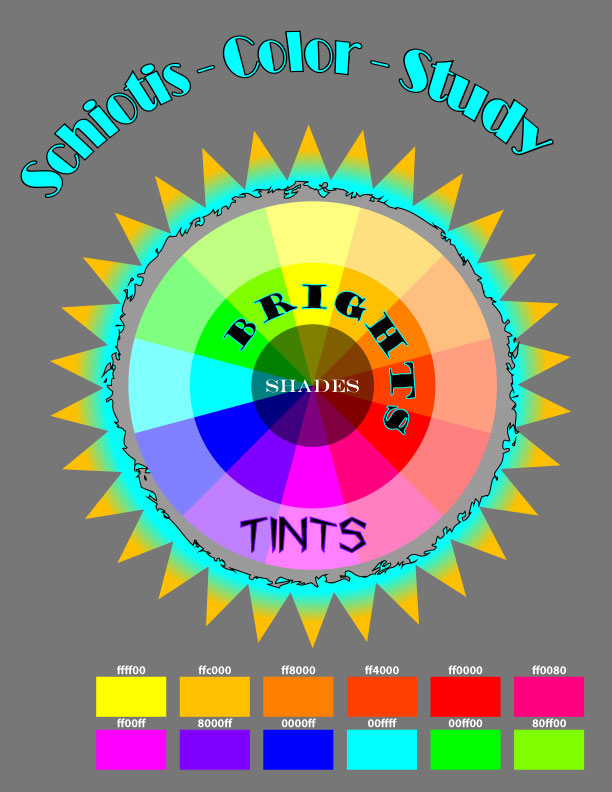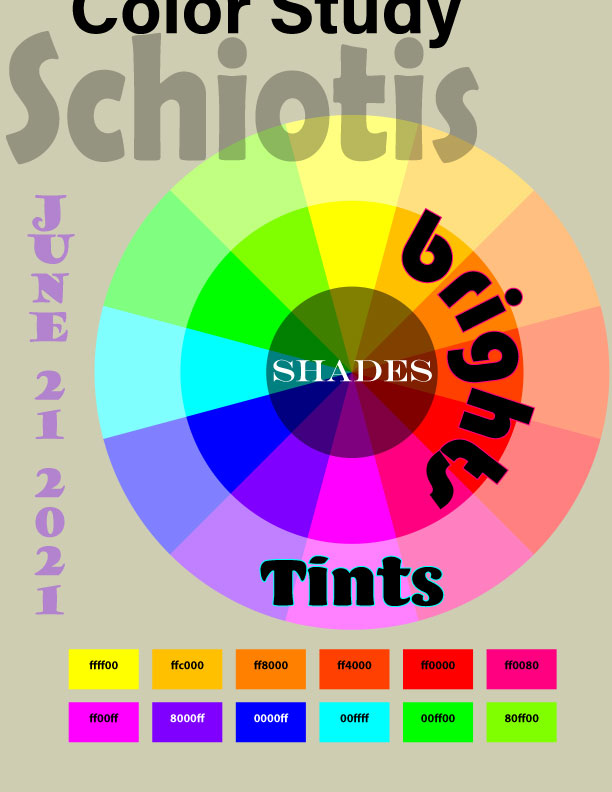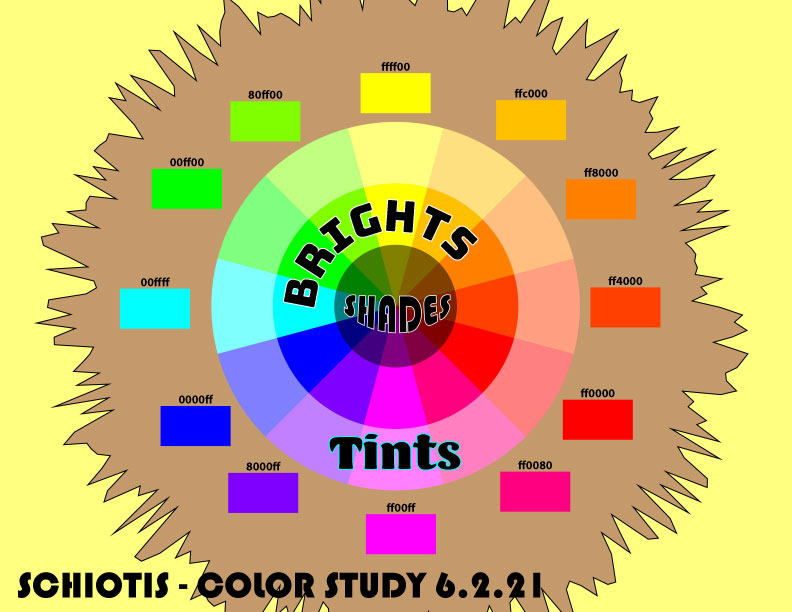This content has been created exclusively for the University of New Mexico.

This content has been created exclusively for the University of New Mexico.


Well... the point is, "where is the 'point' in all of this?" The 'point' seems to be a forgotten element of design. In my opinion this is tragic. The 'point' is the most basic and essential element of design.
We know that for a line to be a line, it must have 2 or more points.
Branding has been around for centuries as a means to distinguish the goods of one producer from those of another. In fact, the word brand is derived from the Old Norse word brandr, which means “to burn,” as brands were and still are the means by which owners of livestock mark their animals to identify them. According to the American Marketing Association (AMA), a brand is a “name, term, sign, symbol, or design, or a combination of them, intended to identify the goods and services of one seller or group of sellers and to differentiate them from those of competition.” Technically speaking, then, whenever a marketer creates a new name, logo, or symbol for a new product, he or she has created a brand. In fact, however, many practicing managers refer to a brand as more than that—as something that has actually created a certain amount of awareness, reputation, prominence, and so on in the marketplace. Thus we can make a distinction between the AMA definition of a “brand” with a small b and the industry’s concept of a “Brand” with a big B. The difference is important for us because disagreements about branding principles or guidelines often revolve around what we mean by the term. Brand Elements Thus, the key to creating a brand, according to the AMA definition, is to be able to choose a name, logo, symbol, package design, or other characteristic that identifies a product and distinguishes it from others. These different components of a brand that identify and differentiate it are brand elements.
Some companies, like General Electric and Samsung, use their names for essentially all their products. Other manufacturers assign new products individual brand names that are unrelated to the company name, like Procter & Gamble’s Tide, Pampers, and Pantene product brands. Retailers create their own brands based on their store name or some other means; for example, Macy’s has its own Alfani, INC, Charter Club, and Club Room brands. Brand names themselves come in many different forms. There are brand names based on people’s names, like Estée Lauder cosmetics, Porsche automobiles, and Orville Redenbacher popcorn; names based on places, like Sante Fe cologne, Chevrolet Tahoe SUV, and British Airways; and names based on animals or birds, like Mustang automobiles, Dove soap, and Greyhound buses. In the category of “other,” we find Apple computers, Shell gasoline, and Carnation evaporated milk. Some brand names use words with inherent product meaning, like Lean Cuisine, Ocean Spray 100% Juice Blends, and Ticketron, or suggesting important attributes or benefits, like DieHard auto batteries, Mop & Glo floor cleaner, and Beautyrest mattresses. Other names are made up and include prefixes and suffixes that sound scientific, natural, or prestigious, like Lexus automobiles, Pentium microprocessors, and Visteon auto supplies. Not just names but other brand elements like logos and symbols also can be based on people, places, things, and abstract images. In creating a brand, marketers have many choices about the number and nature of the brand elements they use to identify their products.
Keller, Kevin Lane. Strategic Brand Management (p. 3). Pearson Education. Kindle Edition.
Please watch this introduction to Adobe Illustrator's UI, (user interface). This is an essential video! Each subsequent video will guide us through learning color conceptually and digitally. This lesson exceeds the scope of the Non-Designer color chapter, but color is SO important!
In this video we will look at using selection tools to perform basic transforms, ie; scale, rotate and move.
The Digital Color Wheel - with principles applied!

Example # 1 by Chris Schiotis

Example # 2 by Chris Schiotis

Example # 3 by Chris Schiotis
Cool! Let's get started! The videos posted below will take us through the easy and successful completion of this exercise assignment.
This first video will show us how to handle drawing basic shapes in Adobe Illustrator.
Run time; 5 minutes.
This next video will take us through drawing the polar grid that makes up the color wheel. Time to complete; 10 minutes.
This video will guide us through the creation of the tinted and shaded swatches and shapes. Time to complete; 5 minutes.
In this next section of this exercise, we will draw the shapes for the swatch legend.
We will create the labels for the swatch legend in the next video steps.
In this video section, we will create some more text elements...
Now let's look at creating background elements! We will also take a very quick look at 'masking' in Illustrator.
In these next short videos, we will look at different tricks for enhancing our compositions.